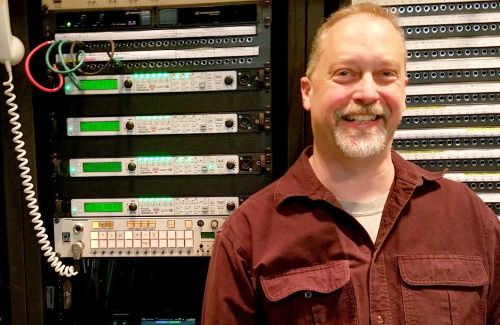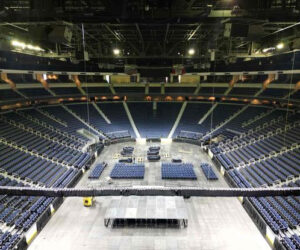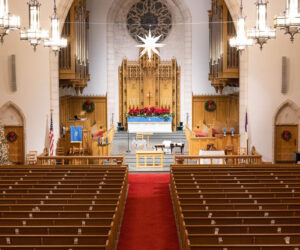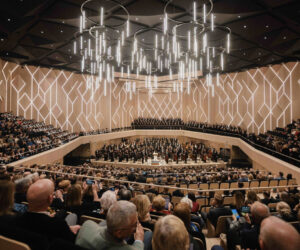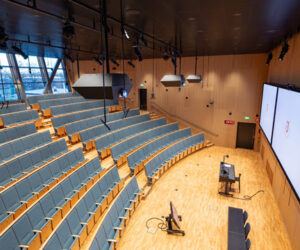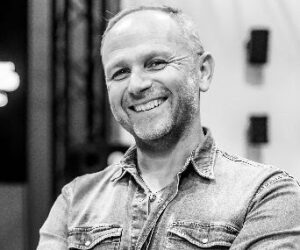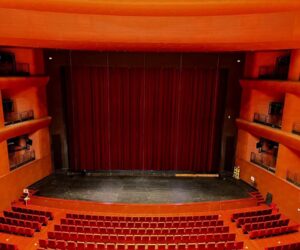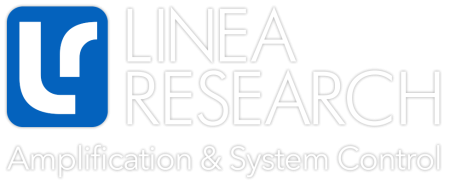Marion Oliver McCaw Hall at Seattle Center, home to the Pacific Northwest Ballet and Seattle Opera, upgraded its wireless intercoms with four Radio Active Designs (RAD) UV-1G base stations and 24 belt packs provided by Lift AV, also of Seattle.
“When we heard about the frequency restack we immediately worked on getting ahead of it,” explains John Coulter, audio/video technician for Seattle Center. “We compared 3-4 different intercom systems but, in the end, the RAD units provided the frequency agility and signal latency our residents needed.”
McCaw Hall opened in 2003 after a $127 million renovation of the Seattle Opera House. The Hall is owned by the City of Seattle and operated by Seattle Center. McCaw Hall is home to the 2,900-seat Susan Brotman Auditorium, the 380-seat Nesholm Family Lecture Hall, multiple lobbies and a public plaza that serves as entry into McCaw Hall and the Seattle Center campus.
“The RAD intercoms are in almost constant use,” adds Coulter. “In addition to roughly 150 performances by the ballet and opera, the hall hosts music concerts, lectures, corporate meetings, festival performance and a variety of community and non-profit events. We typically check out up to 18 belt packs for each and keep one system free for whatever is coming and going. There are events squeezed in between ballet and opera performances regularly.”
The UV-1G base stations are unique in that they operate in a very small slice of the UHF spectrum 25 kHz) while the body packs operate solely in the VHF realm. This frees up considerable RF bandwidth for other wireless systems offering Coulter the frequency agility McCaw Hall requires. Latency, or lack thereof, was another quality Coulter was looking for.
“Almost 80% of our performances rely on live music conducted from the pit,” he explains. “With opera and ballet, everything must be in sync. Unfortunately, the latency with most digital intercom systems is significant, which quickly eliminated them from the evaluation process.”
The four base stations are rack-mounted backstage with belt packs distributed from the control room stage left. Two pairs of antennas distributed around the building allow seamless use of intercoms throughout.
The Center’s three system techs have several intercom configurations that work for different clients, easily flashing from one to another depending upon what is on the schedule. Coulter notes that because the base stations can be used in 2-wire or 4-wire mode, it adds another level of convenience to their intercom setup.
“We have been extremely pleased with the RAD intercoms,” Coulter concludes. “When T Mobile turned on last month, we didn’t even notice. This analog system is rock-solid reliable and provides everything McCaw Hall needs and more.”


